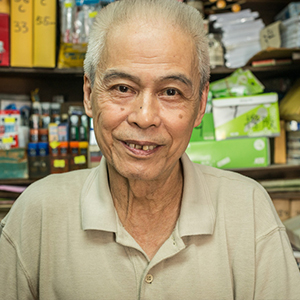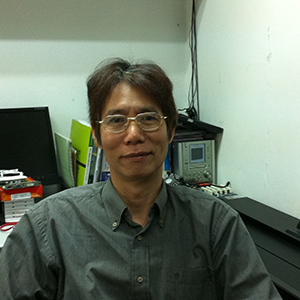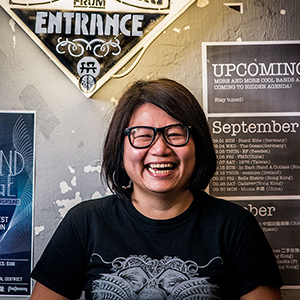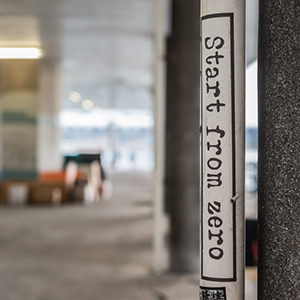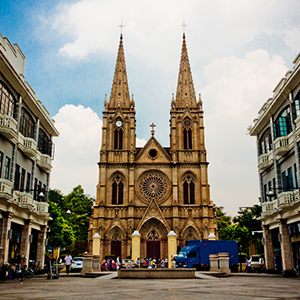Shortly before Lunar New Year, I promised my colleague Sarah that the May edition of Urban Diary would be about Kwun Tong to echo an exhibition on the architecture and design of Kowloon East that she’s curating.
Kwun Tong is Hong Kong’s first ‘new town’. It’s also known as the territory’s first satellite city. This previously remote part of the Kowloon Peninsula was designed as a self-sufficient industrial town supported by residential and commercial clusters. With property development and finance replacing manufacturing as Hong Kong’s lead economic activities, the continuous expansion of these sectors is massively changing Kwun Tong’s landscape.
In this edition, I try to present Kwun Tong through the stories of four individuals: Dickson, Lo Hoi, Kimi and Dom.
Dickson (55) and Lo Hoi (74) have been living and working in Kwun Tong for as long as they can remember. Both men are proud of the district and the start of their relationships with Kwun Tong is inseparable from the area’s industrialisation back in the 1960s.
Kimi and Dom are young, both in terms of their age and the number of years they’ve spent in Kwun Tong. Their relationships with the district are also deeply bound with Kwun Tong’s manufacturing past.
However, instead of passively letting the flux in Kwun Tong take over their lives, Kimi and Dom are actively shaping the district’s future. They bring energy and fun to Tai Yip Street, an otherwise non-descript passage wedged between huge warehouses and factories in industrial Kwun Tong.
Kimi also inspired me to do a soundwalk of the street. By listening to the sounds Kwun Tong local Yammie Chan recorded for Urban Diary, you will appreciate this gritty area with a new perspective.
Narrating a story of a town is a tremendous task. I would never have been able to do this series without the comprehensive research undertaken by Anson Mak – a visual arts lecturer who grew up in Kwun Tong during the late 1960s to the mid-1980s – and her colleagues Yuen Yan and Yammie over the past few years. They are now building up an interactive map to tell Kwun Tong’s culture and history. Their effort represents the determination of a generation to safeguard this city’s humanity amid rapid changes.



